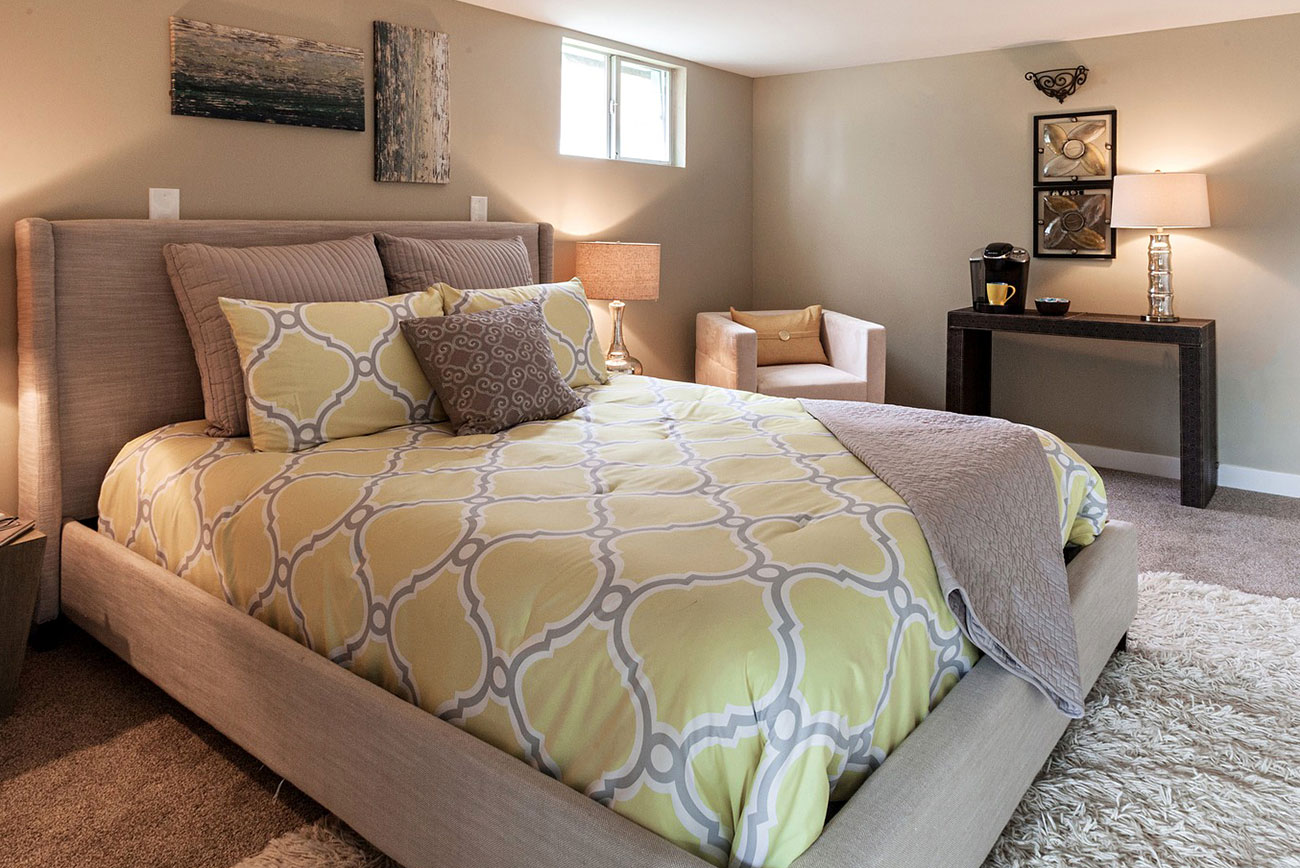ADUs in Chicago – Will they Resolve the Affordable Housing Crises?

While constructing ADUs does not cost a lot, chances are that they will be offered for higher rents than the market rates. Further, in case the existing ADUs are not compliant with the new codes, property owners may have to evict renters to conduct repairs and renovations. As a result, renters may find that they have nowhere to go. Legislators may also want to keep in mind that owners investing in constructing or renovating basement apartments will want to get back their investment. The only way to do that would be to pass the cost to renters by way of higher rates. Low-income people may not be able to afford these hiked rents.
While legalizing secondary units is a step in the right direction, council members would want to examine the costs of constructing these units and how property owners are going to raise the necessary finances. Without the availability of capital, it is unlikely that owners will want to take advantage of the new ordinance. A lot more needs to be done to resolve the affordable housing issues. Hopefully, these hurdles and challenges will be covered when the ordinance is finally passed.

